Year-round natural wonders to explore
Stretching from the sea to the mountains, Polish national parks delight visitors with their beauty at any time of the year. A mysterious primeval forest guarded by bison, a desert with moving dunes overlooking the Baltic Sea, flowery carpets hidden in the Tatras, or rafting on the Dunajec with a view of the Pieniny Mountains – these are just a few gems they hide.
We start our journey with a real jump back in time, in the primeval Białowieża Forest in the Białowieski National Park, which has been featured on the UNESCO World Heritage List since 1979. This ancient forest is home to some great secrets, for example, the 500-year-old Jagiełło Oak. This treasure is guarded by the largest land mammal in Europe, the European bison. You can even meet this majestic creature face to face!
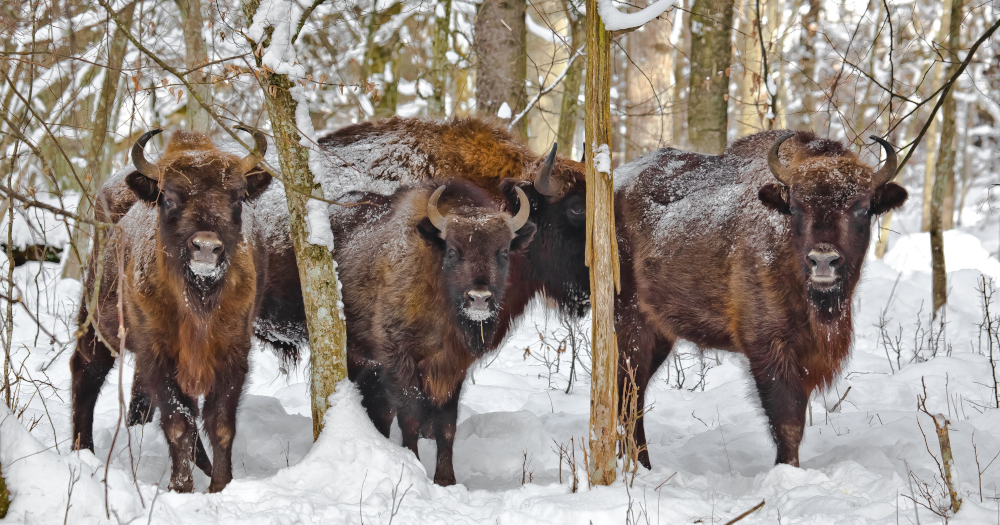
Not far away, located in the same region, is Biebrzański National Park, the largest of Polish parks and a real paradise for nature lovers. A land of open waters, rare species of plants and animals as well as the picturesque Biebrza Swamps, awaits. You’re invited you to see it up close and try rafting excursions in the Biebrza Valley. Would you spend the night on a raft like this?
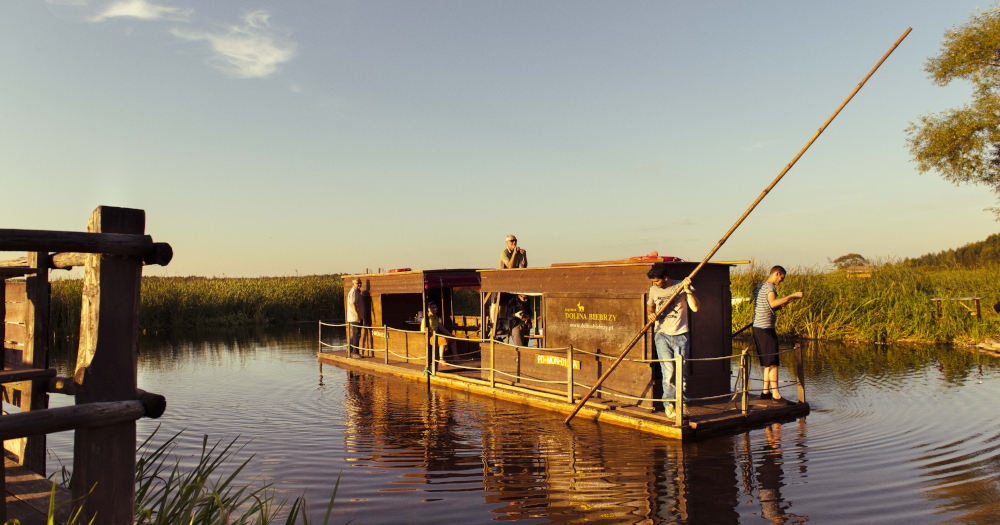
From the east of Poland, travel to the west, and between Łeba and Rowy you’ll find the largest moving dunes in Europe, often called the “Polish Sahara”. A real sandy desert is located in the Słowiński National Park, between the Baltic Sea and Lake Łebsko. The highest of the dunes is Łącka Góra, rising to 42m above sea level.
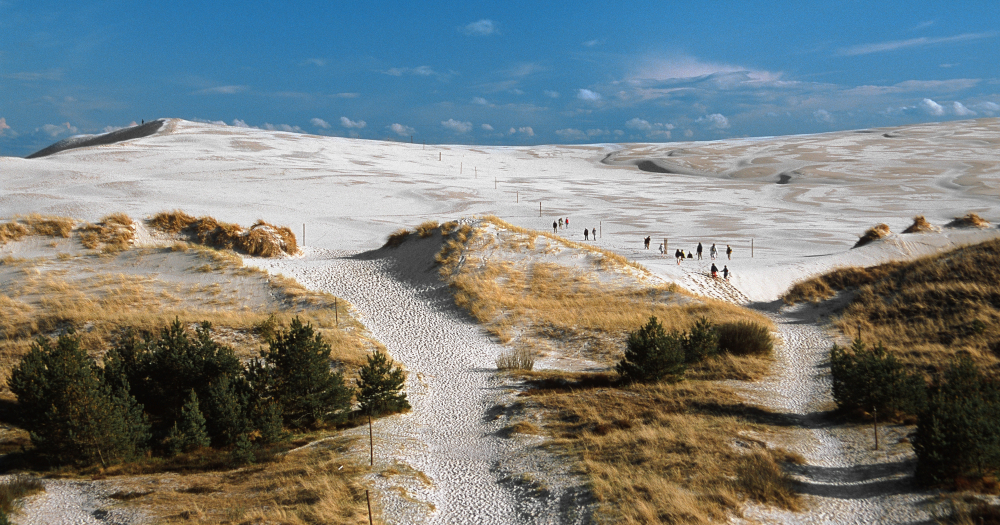
Enough of water already? Then hit the famed Tatras. Tatrzański National Park is one of the most visited places in Poland. A must-see is the Morskie Oko – the largest lake in the Tatras, the peak of Kasprowy Wierch, and the Chochołowska Valley. The latter affords a breathtaking view especially in early spring, when it welcomes visitors with flowery carpets of purple crocuses.
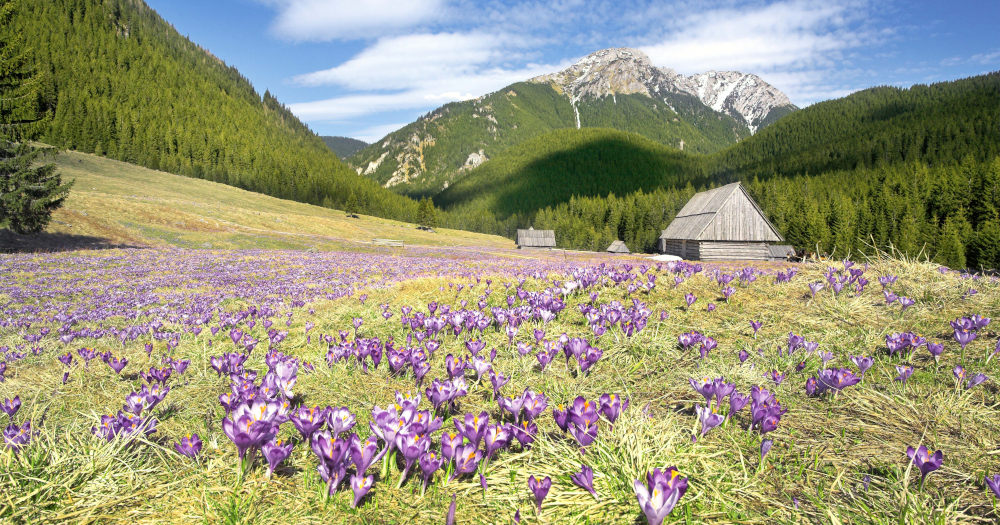
Not quite as high but equally charming are also the Pieniny Mountains and the Pieniński National Park, which holds many historical and natural attractions. Admire its beauty from the river, as rafting on the Dunajec is the most convenient means of visiting. As seen below, the peaks of Sokolica, Trzy Korony, and Góra Zamkowa look phenomenal.
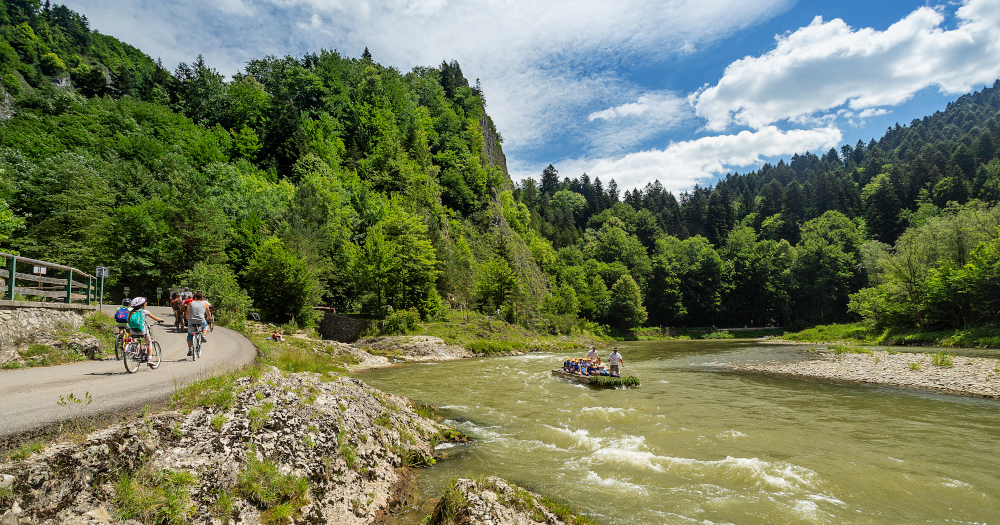
In turn, Góry Stołowe National Park is not only spectacular, but also full of mysteries and filled with rocks in amazing shapes that have formed over a period of 100 million years! Deep crevices and stunning labyrinths have been captured by many cinematographers. One of the local canyons, Błędne Skałki, was used as the film backdrop for one of the chapters of The Chronicles of Narnia.
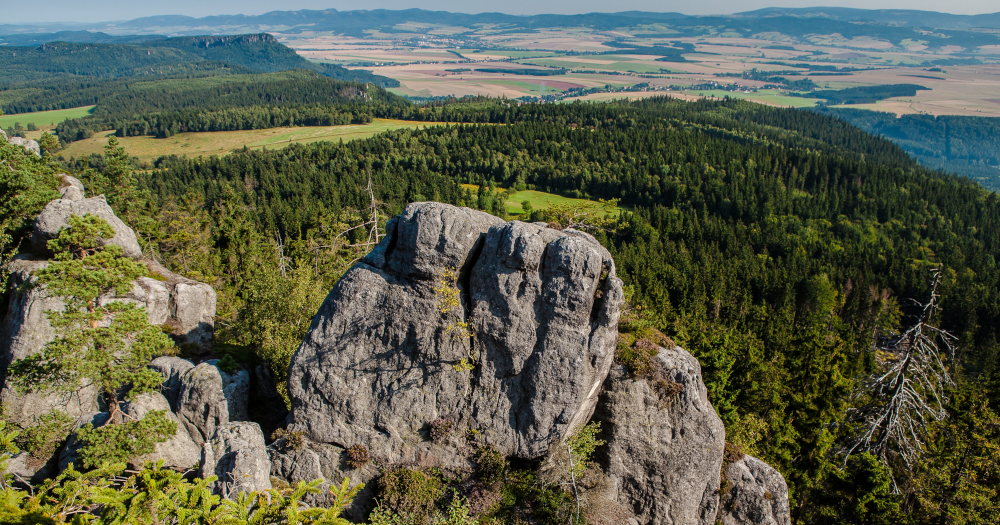
To describe all the attractions offered by each of the 23 national parks in Poland is simply impossible. Visiting any of them is an extraordinary journey into the natural heritage of Poland. Saved from the hustle and bustle of civilization, they become oases of peace, where every step is a meeting with nature and unique beauty!